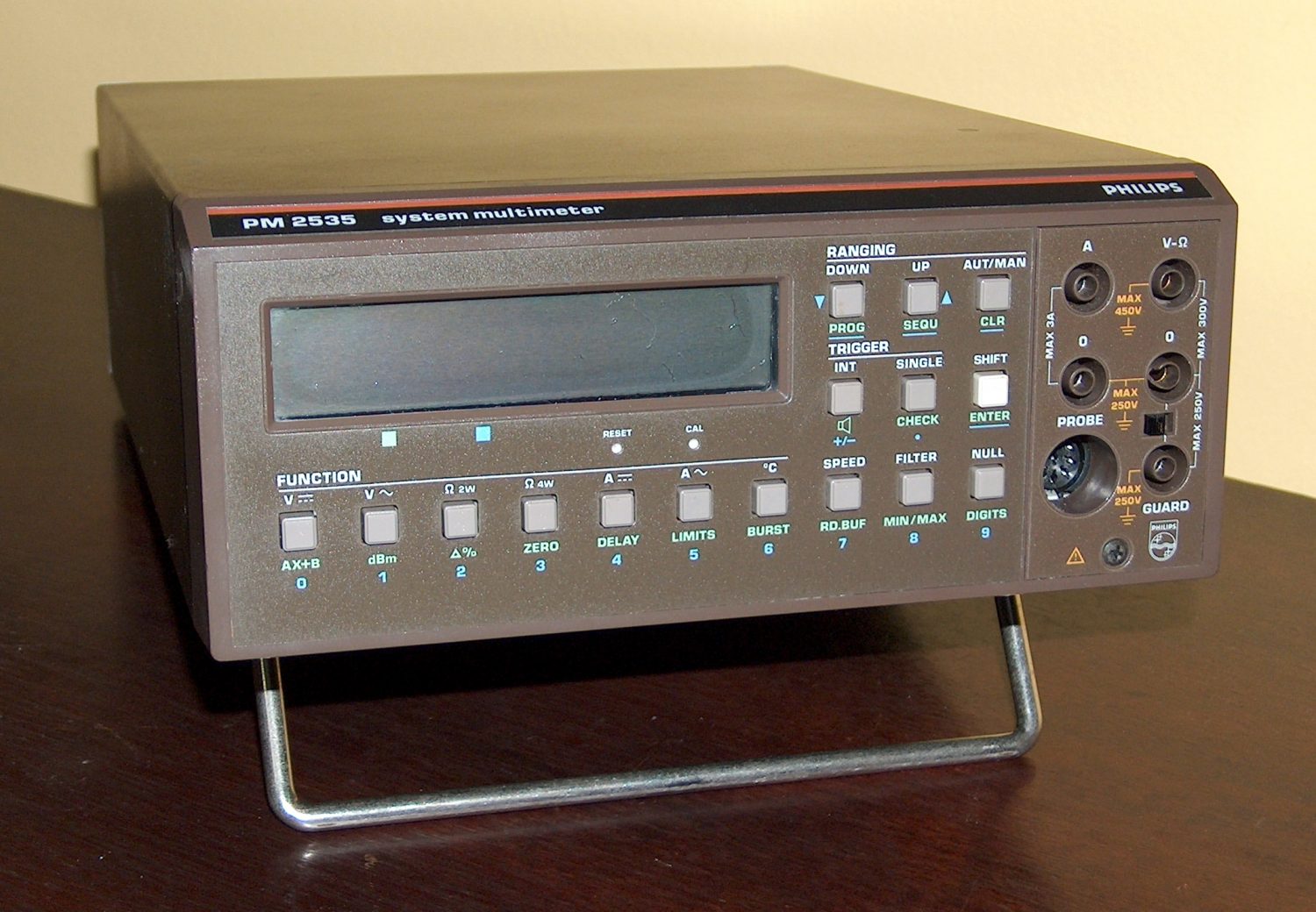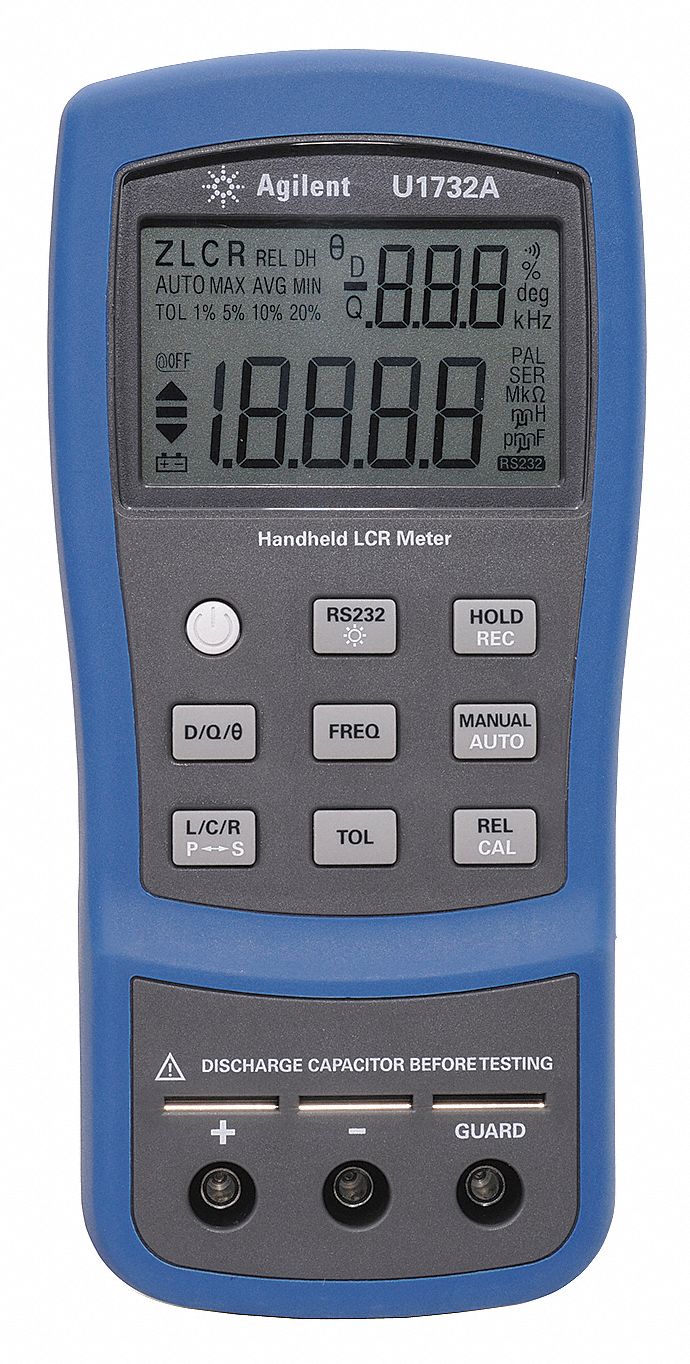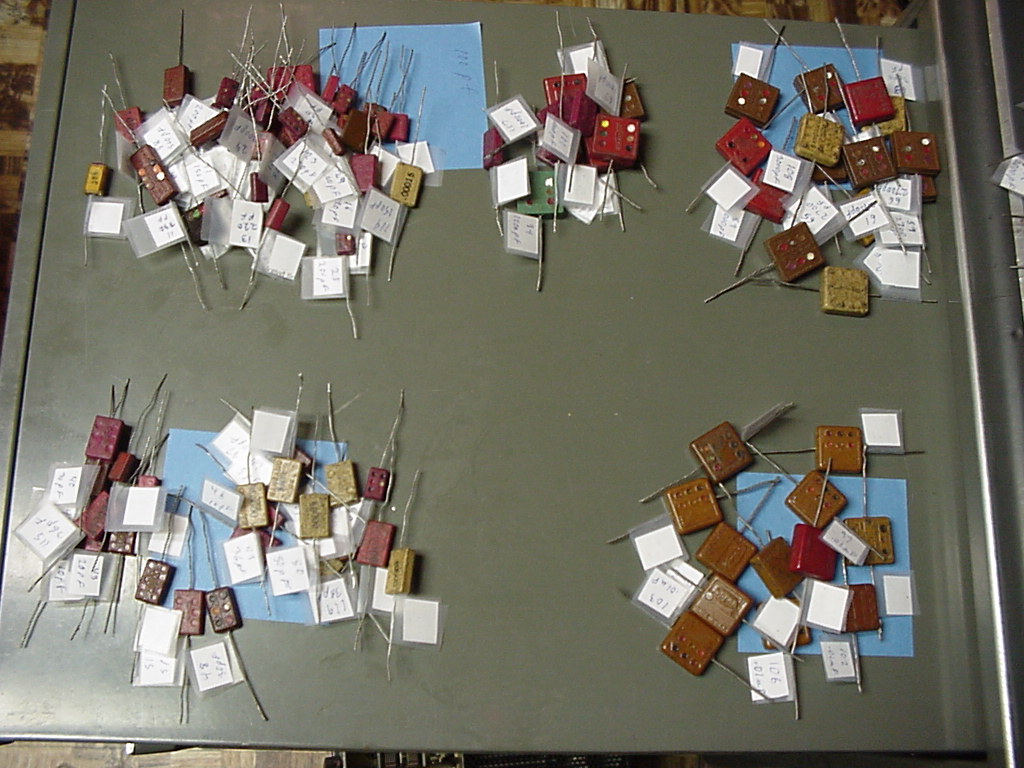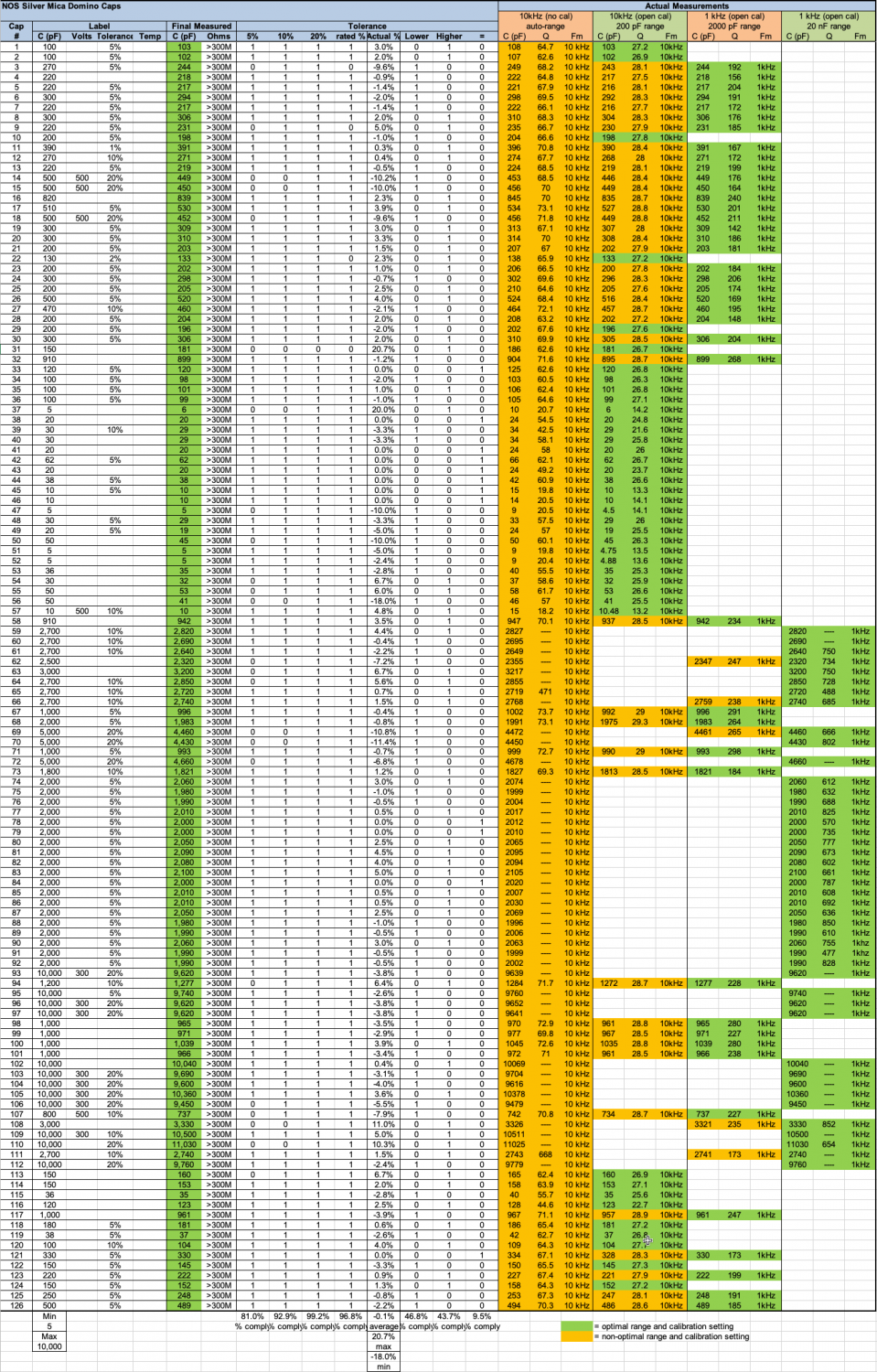Capacitor Values
Capacitors typically have values in either picofarads (pF) or microfarads (μF).
1 pF = .000001 μF
To convert pF to μF, multiply by .000001
Example: 4700 pF = .0047 μF
To convert μF to pF, multiply by 1,000,000
Example: .0033 μF = 3300 pF
Many pieces of vintage equipment referred to capacitance units in micromicrofarads . This unit is now referred to as picofarads (pF).
Capacitor Markings
The values of film and ceramic disk capacitors are typically marked in picofarads (pF) using a 3 digit number followed by a letter, for example:
682K
The first 2 digits are the two significant values of the capacitance and the 3rd digit is number of following zeroes.
For the above example, the value is 6800 pF = .0068 μF
The letter following the three digits is typically the value tolerance, where:
J = 5% K = 10% M = 20%
NOS Silvered Mica Capacitors
To Use, or Not to Use..
Replacing silvered mica capacitors in old radios is a routine task during restoration.
The question often comes up, however: what to replace them with?
It’s clearly ok to use modern epoxy-dipped silvered micas, but what about brand-new, but old- stock, capacitors that one picks up at hamfests over the years?
Some restorers are fine with these NOS capacitors, while others won’t use them on any account.
To try to answer the question of whether or not it’s ok to use NOS capacitors, Gaylord Hart (WB7ODD) tested a large lot of these devices.
Here’s his account of the experiment:
There are too many “standards” for the dot-labeled micas, including how many dots there are and what they represent.
The NOS silver mica capacitors in this sample group is 126.
Rated capacitance values for the lot range from 5 pF to 10,000 pF.
The measurements taken with a Agilent U1732A LCR Meter and a Phillips PM 2535 Digital Multimeter.
Each capacitor was tested with the Agilent LCR meter calibrated and set for the optimal settings for accuracy for that capacitance value.
Measurements were taken as is, no voltage soak and assuming these capacitors have never been in service.
All lead lengths were factory original, and no signs of solder were observable on any leads.
Manufacturers range from El Menco, Sangamo, Aerovox, Micamold, Cornell Dubiler, Sprague, and Solar, most were El Menco and Sangamo.
Some of these are bakelite encapsulated, some in other plastics.
The capacitor samples are shown below:



All of the capacitors measured over 300 Megohms leakage resistance (the limit of the Digital Multimeter, so I do not believe leakage performance deteriorates over age for these capacitors sitting in storage.
From a capacitance perspective,
96.8% of these caps were within their rated tolerance based upon measured versus labeled capacitance.
81% were within 5% of the labeled capacitance (regardless of specified tolerance).
92.9% were within 10% of the labeled capacitance (regardless of specified tolerance).
And 96.8% were within 20% of the labeled capacitance (regardless of specified tolerance).
Over the entire group, the average measured capacitance was within -.01% of the rated value (similar number of capacitors measured above rating and below rating).
The worst-case measured positive tolerance was +20.7% (a large number of the caps have a +/- 20% rating).
The worst-case measured negative tolerance was -18.0%.
46.8% of the capacitors measured below their stated capacitance.
43.7% of the caps measured above their stated capacitance.
9.5% of the caps measured exactly at their stated capacitance.
NOS silver micas retain their leakage resistance performance exceptionally well over time.
NOS silver micas also are very stable over time for their rated capacitance values.
I would not hesitate to replace a silver mica capacitor with a vintage silver mica cap, but I would not do so without confirming leakage resistance and capacitance values first.
For non-critical applications (where capacitance tolerance is not an issue), you are probably safe using an NOS capacitors if you cannot measure the actual capacitance.
I would never make this claim for paper caps, which seem to be more prone to fail over time.
High B+ DC voltage applied over time contributes to the deterioration of silver micas in-circuit.
The moulded mica capacitors were re-tested for leakage under a HV load.
Leakage tests on the original sample lot of moulded micas previously tested and reported on (n = 126 caps) .
I tested all caps at 300 volts since some of the capacitors are rated for 300V.
The checker was calibrated for full eye closure at 2 uA leakage current.
Not a single capacitor failed the leakage test.
NOS moulded mica capacitors are generally good to use as replacements:
- Only 4 of the 126 were out of their rated tolerance for capacitance (and three of these were only out by .7% or less),
- None showed a static leakage resistance less than 300 megohms.
- None showed a leakage current >= 2 uA at 300 volts applied voltage.
Having said this, I would not install an NOS moulded mica capacitors without first measuring capacitance and leakage performance.
There were about a dozen NOS paper capacitors in the pre-test lot in the same moulded package style, every one of these tested bad.
Capacitance and Q measured with Agilent U1732A meter set for optimal range and calibrated for optimal accuracy for capacitor value.
Ohms measured with Philips PM2535 DMM (300 Megohm max scale).


